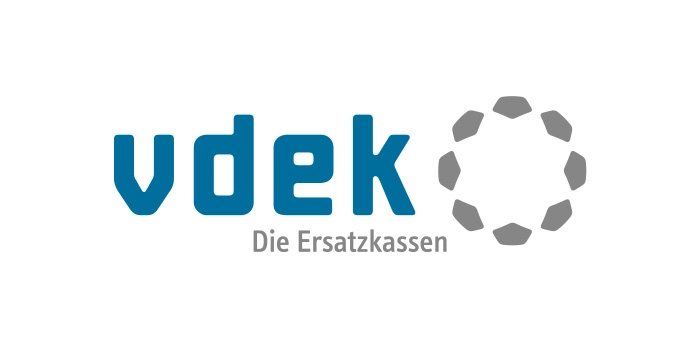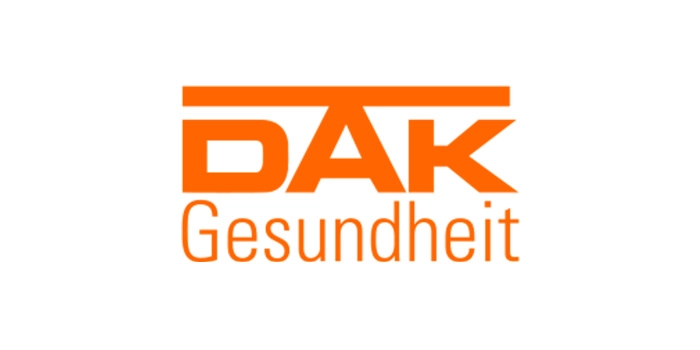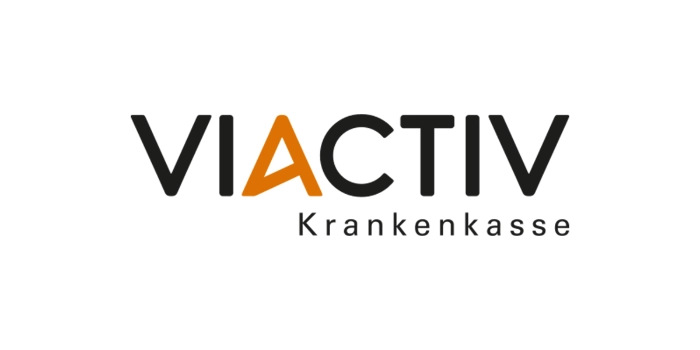Sustainability
The objective of green coding is to conserve energy throughout the software development process, thereby promoting sustainable programming practices.
Sustainability
Find out how to successfully implement the Taxonomy Regulation in your company and how to use the necessary changes as an opportunity.
Sustainability
Car manufacturers must record, report and verifiably reduce their emissions along the value chain in detail. You can find out how this can be achieved in this article.
Sustainability
The automotive and manufacturing industries in particular are encountering many stumbling blocks on the road to climate neutrality. It is crucial to establish and implement a clear strategy so that the sustainability transformation succeeds.
Digital Twin, Sustainability
We consume too many resources. Within a year, our planet will no longer be able to sustainably replenish them.
Sustainability
Consistently anchoring ESG criteria is now far more than just fulfilling legal requirements. Their implementation has long been a decisive competitive factor.




















